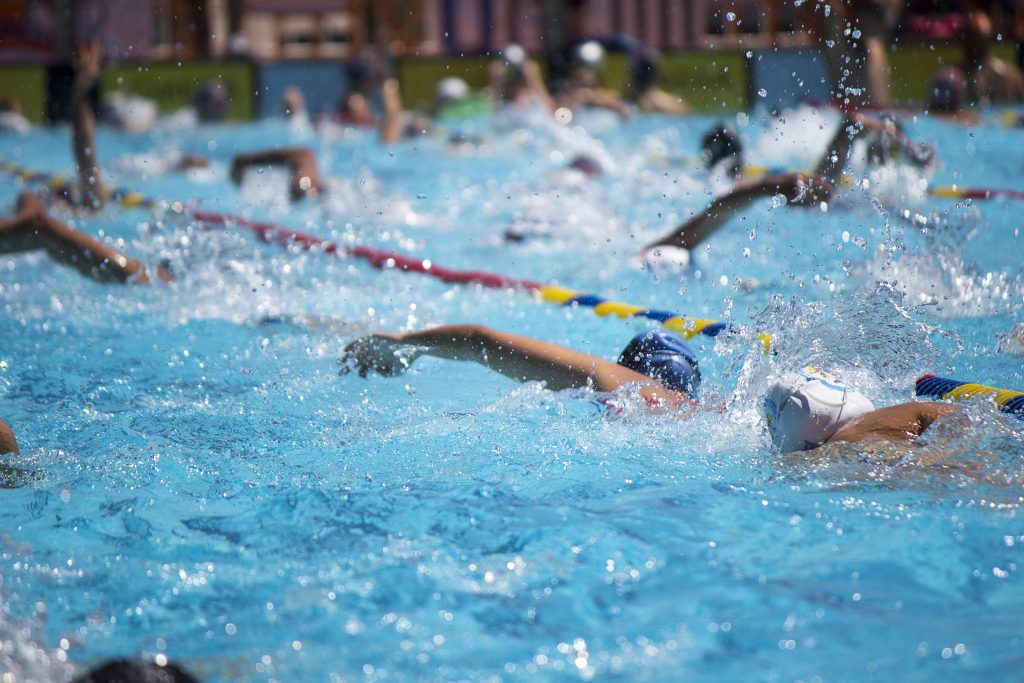Technique errors in runners
Shin splints, runners’ knee, iliotibial (IT) band pain, and Achilles tendinopathy are common injuries experienced by runners. Research suggests that many of these injuries are the result of simple technique errors. Using 3D infrared cameras, researchers identified common biomechanical patterns, such as side to side pelvis drop and greater forward lean, were more likely to…
Mindful Eating
Healthy eating is about more than just the foods you eat. Being mindful of your eating habits means being aware of what you eat, why you eat, how you eat, and how much you eat. Mindful eating can help you make healthier choices, and reconnect you to the eating experience.
True Sport Selection Process
Two new True Sport resources are designed to help sport organizations put values at the centre of coach and player selection processes. The Coach Selection Process resource provides practical tools to support the identification of coaches that are committed to values-based sport. The Player Selection Process resource supports a selection approach that is designed to…
Lack of Sleep
Lack of sleep is associated with numerous physical and psychological health risks. Healthy sleep habits include making sleep a priority, maintaining a regular sleep schedule, and setting the stage for sleep by creating a comfortable environment and limiting distractions from noise and light immediately before bed (including electronic devices!).
Participation Motives
In sports like swimming that tend to revolve around “best times,” it’s important to have reasons for participating that aren’t related to performance. There will always come a time when an athlete hits their limit and can’t go any faster. Having other reasons to participate, like friendships and fitness, will keep them involved long-term. Learn…
The Role of Motives in the Transition from Youth Swimming to Masters Swimming

Masters sport is a great way for adults to have fun and stay active. Dionigi (2015) identified three categories of masters athletes, based on their pathway into masters sport. “Late bloomers” are those who don’t start participating in sport until adulthood. “Continuers” are those who began their sport involvement as youth and never stopped. Finally,…
Brain blood flow and Exercise
Exercise alters brain blood flow and improves cognitive performance in older adults, though not in the way you might think. Research from the University of Maryland discovered that while exercise beneficially increased the blood flow to the brain in healthy adults, it decreased the blood flow in adults experiencing mild cognitive impairment (MCI). This decrease…
Winning bias and uniform colour
Does the colour of your uniform bias your chances of winning? In judo, a white judogi has been commonly considered a disadvantage because it was thought to be more visible, allowing athletes in blue to better evaluate and anticipate the movement of their (white) opponent. However, research now suggests that a winning bias is attributed…
Budget 2019
The Federal Government’s Budget 2019 announced $30 million over five years, and $6 million per year ongoing, to enable Canada’s national sport organizations to promote accessible, ethical, equitable and safe sport.
Innovation Initiative
Wondering if your organization’s new program is effective? Sport Canada’s Innovation Initiative provides funding to deliver and test innovative program approaches to build the evidence base about what works to reduce the barriers to participation, increase physical literacy, support retention in sport, and achieve social goals through sport. The deadline to submit a concept is…